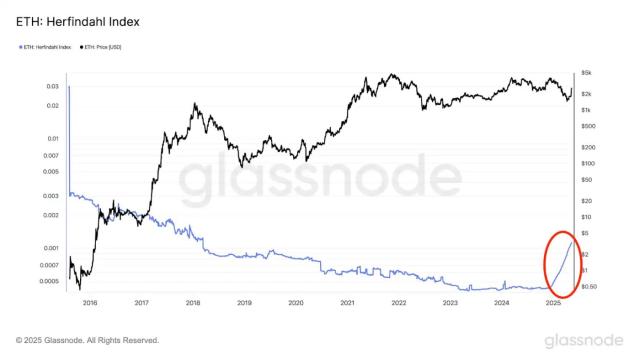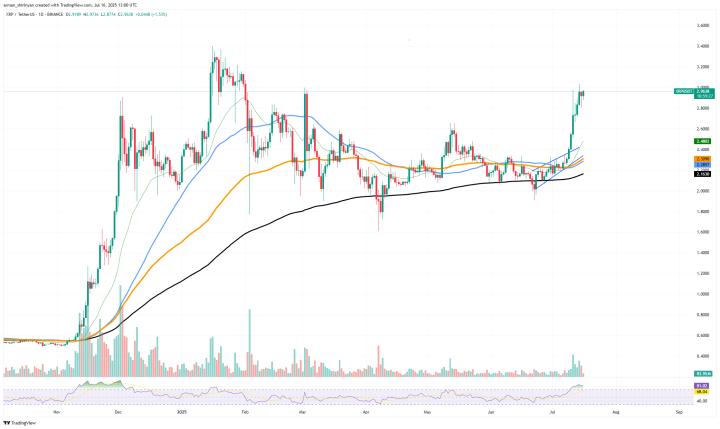Bitcoin price increased by over 12% last week to reach $96,500, surpassing the average purchase price of "short-term whales" - large holders who bought Bitcoin in the past six months.
CryptoQuant analyst JA Maartunn told BeInCrypto that these whales have recovered their break-even point at $90,890. This means they are now profitable and less likely to sell, which helps stabilize the market.
Short-term Bitcoin Whales Return to Profitability
Short-term whales are addresses that have held Bitcoin for less than six months. These whales are now collectively profitable as BTC surpasses their average execution price.
Historically, when these participants achieve profits, they tend to pause or reduce selling pressure.
CryptoQuant's Short/Long-Term Whale Realized Price Chart shows the orange line (short-term whale cost basis) rising closer to the white market price line in recent weeks.
 Short/Long-Term Whale Realized Price Chart. Source: CryptoQuant
Short/Long-Term Whale Realized Price Chart. Source: CryptoQuantThis confirms that most short-term holders would be profitable if they sold at the current price.
On-chain data reinforces this importance. The funding rate on perpetual contracts remains deeply negative, suggesting heavy short positions could be squeezed if buying continues.
Meanwhile, long-term holders have gradually been rebuilding their accumulation. Additionally, the network's Hash Rate reached a record 1.04 ZH/s this month.
These indicators suggest Miners and patient investors are confident in maintaining the growth trajectory.
Seasonal and Macro Momentum Reinforce Prospects
Seasonal trends typically moderate summer price increases. Historically, Bitcoin has averaged 26% in Q2, but the median is only 7.6% since 2013. Significant drops - like the 56.2% decline in Q2 2022 - have occurred.
Q3 is usually weaker, averaging 6% profits with a slightly negative median. As May approaches, many prepare for the "sell in May" effect typically seen in stock markets, where S&P 500 only achieves 1.8% from May to October since 1950.
 Bitcoin Quarterly Profits Since 2013. Source: Coinglass
Bitcoin Quarterly Profits Since 2013. Source: CoinglassMacro factors are also crucial. US inflation has dropped to 2.4%, and the market currently expects the Fed to cut rates by late 2025.
A weaker dollar drives risky assets like Bitcoin. Bitcoin spot ETFs saw net inflows of $3 billion by late April, indicating strong institutional demand.
Overall, whale profitability, healthy on-chain signals, and supportive macro trends form the foundation for Bitcoin's price increase.
However, seasonal obstacles and derivatives imbalances persist. Traders should set clear risk limits and monitor funding rates and economic news this summer.







